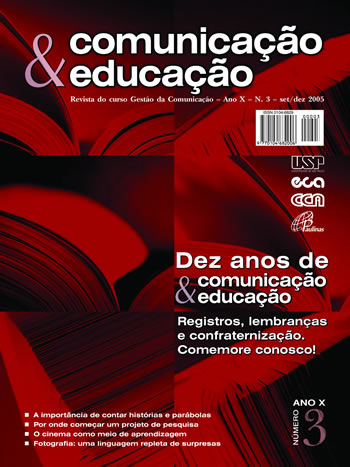Tempos e linguagens. Representações e inter-relações
DOI:
https://doi.org/10.11606/issn.2316-9125.v10i3p405-412Keywords:
cinema, history, literature, cinematographic language.Abstract
The author observes that the rationality built along the XVIII and XIX centuries perfected our look in perspective and lead us to understand the knowledge in a fragmentary way. The more sciences deepened their studies bringing advances and benefits in different areas and languages, the more the distance between these subjects and the possibility of understanding them as parts of a whole and perceive their interferences in the knowledge process was increased. To perceive these connections, this article proposes the work with three motion pictures that will allow an exercise relating historical periods, artistic languages and themes: Girl with a Pearl Earring (XVII century), by Peter Webber; Mary Shelley’s Frankenstein (XIX century), by Kenneth Branagh; and Blade Runner, by Ridley Scott (XX century). Other approaches and comparisons suggested by the author are the conception of time and space in these pictures and the specific languages in each of them. Plastic arts, literature and cinema become a way of knowing history and revealing the human nature.
Downloads
Downloads
Published
Issue
Section
License
I authorize the publication of the submitted article and soon the copyrights to the magazine, in the printed and electronic version, if it is approved after the evaluation of the reviewers.
I understand that readers may use this article without prior request, provided the source and authorship are mentioned. Readers are not authorized to use this article for reproduction, in whole or in part, for commercial purposes.

































